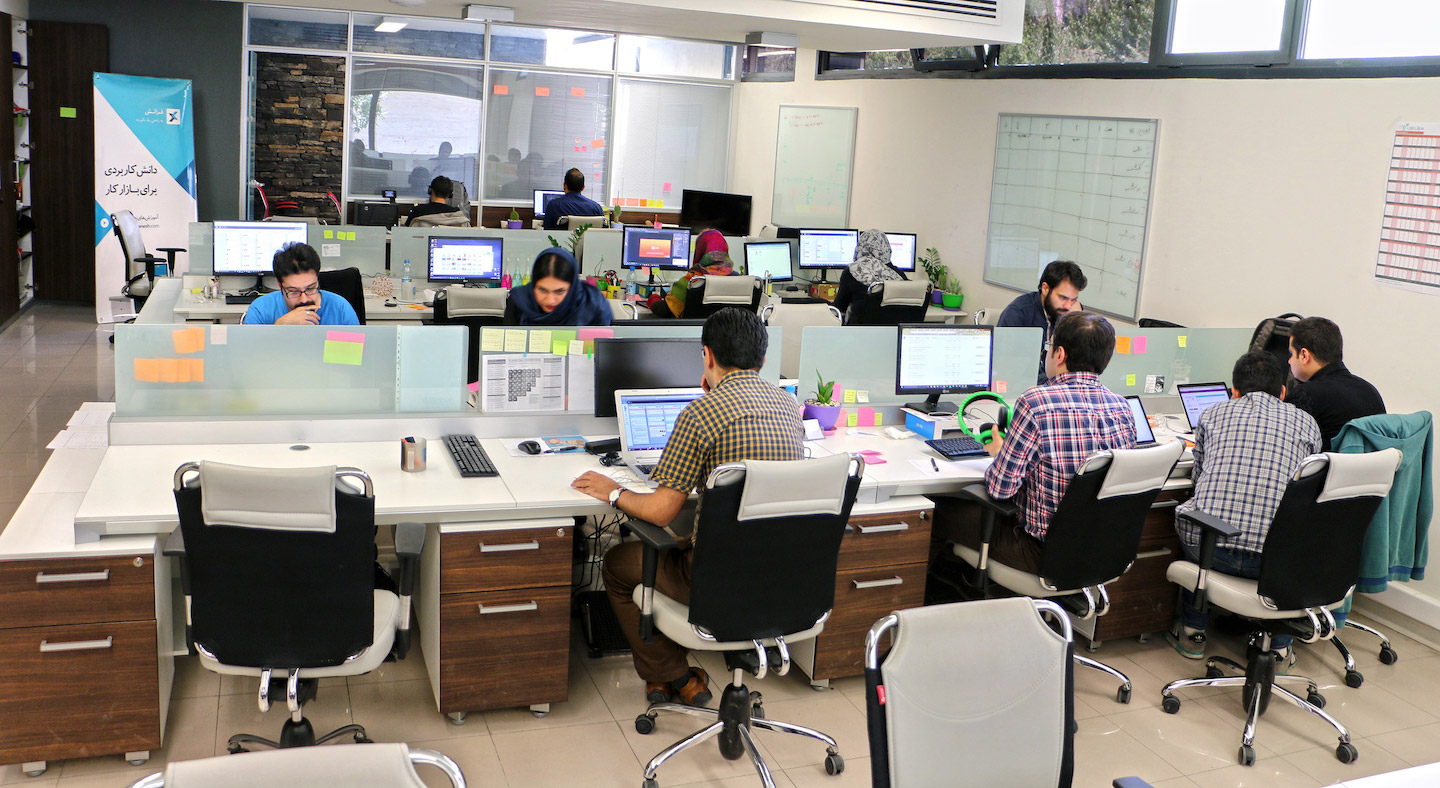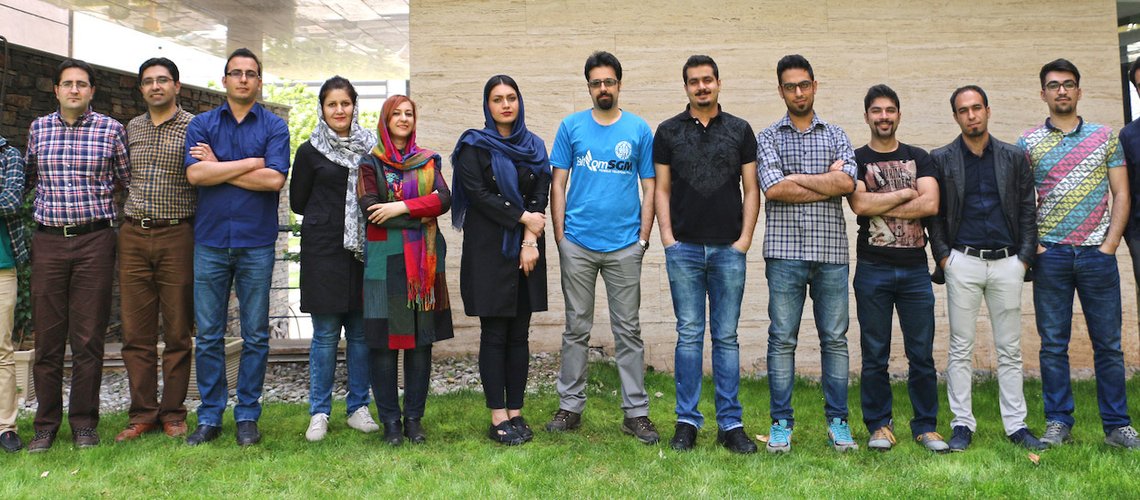With more than 50,000 minutes of uploaded video tutorials, Faranesh is one of the leading online education platforms in the Middle East. They offer a diverse selection of courses, from various subject areas. Within few years, they grow from a small university project to a website with more than 750,000 visits.
The Content Production department is responsible for creating new video tutorials for Faranesh. Producing high quality content and delivering on time are two main goals of every successful content production team. Establishing a streamlined workflow for creating content and managing the department effectively are necessary for achieving these goals.
Before Taskulu, the team was using multiple tools for managing tasks, planning projects and communicating. The problem started when their team expanded and the startup started to grow.
Using multiple tools for collaboration makes it very difficult to keep everyone aligned. After a while the confusion becomes absolutely overwhelming.
Generally speaking, less is better – specially when it comes to the number of places where information is stored and accessed. Using too many tools makes finding what you need, sharing it with others and getting a big picture very difficult.
Transparent, centralized and scalable collaboration
With existing task management tools, project managers are usually forced to create multiple sub-projects if they need to manage different teams working on unrelated (or loosely related) of work instead of being able to manage everything in one place. This issue, though, at best fails to deal with complexity of managing large projects and at worst becomes a source of information overload, duplication and confusion.

Taskulu combines task management, team communication and time tracking, provides project-level access controls to make it possible to keep and manage everything and everyone in one place – and it’s designed to handle large projects with many people involved well.
Last year our hiring plan included 7 additional editors to handle the content editorial workload. After starting to use Taskulu, the process became so smooth that we ended up changing the hiring plan and hired just one. Taskulu helped us work as efficient as possible and enabled our team to get to their full potential.
At Faranesh all teams related to content production (web design, video editors, graphic designers and copywriters) are working inside the same project, which has made it very easy for the managers to keep track of all the work, while preventing information overflow by defining access levels for each of these teams inside the project.
Sheets, where teams live
Although Faranesh started with 3 separate projects to manage design, video editing and copywriting tasks, they ended up merging these projects into one. This project includes three sheets: Design, Screen Capture and Copywriting. This helps them keep up with the progress across the whole team much easier.
Lists, kind of like a factory production line
The Content production team uses Task Lists to structure their workflow.
We’re almost never responsible for making the videos, so our flow begins with editing the videos we receive from clients. From there we use lists to move the videos through our internal processes. It’s exactly like a factory production line.
For example, in the Screen Capture sheet, the list titles in order are: Video Edit, Preparing Course Details, Design Banner, Publish & Archive, and Corrections.
Sections keeping guidelines and tasks
All lists inside the project have 4 sections. In the first section there are tasks containing the general descriptions and guidelines on the workflow, how to use the list and different steps that need to be taken care of by team members. The idea is to include important details on this section, and it helps the whole team a lot.
“Asking questions about what should be done seems unnecessary now.”
In some lists they use this section for writing ideas they have about their website, the workflow, so the whole process is being refined and improved over time. The other three sections are Taskulu’s default: To Do , Doing and Done.
Ready, Set, Go!
With a workflow as streamlined as that, the team can manage their tasks very easily.
In the Screen Capture sheet, for instance, the journey begins when the project manager creates a task for an incoming video in the Edit list (the first list), and assigns it to one of the video editorial team members. Members already know what they need to do, and if they have any questions, they just take a look at the first section of the list to read the description.
When the work is complete, the task is moved to the done section, and writes a comment mentioning the member responsible for the next step. The next member then moves the task to the next list “Preparing Course Details”, assigns the task to herself and starts the work. This process continues until the task goes through all the lists and the resulting content is finally published on the Faranesh website.
A Platform that empowers teams
What attracts many companies to Taskulu is the desire to increase collaboration and productivity at every level on every team – from marketing to product development.
The creativity and quality that defines Faranesh’s brand ultimately comes from empowered employees. For the content production team, Taskulu builds a sense of community and closeness, while empowering them to work together and collaborate.
